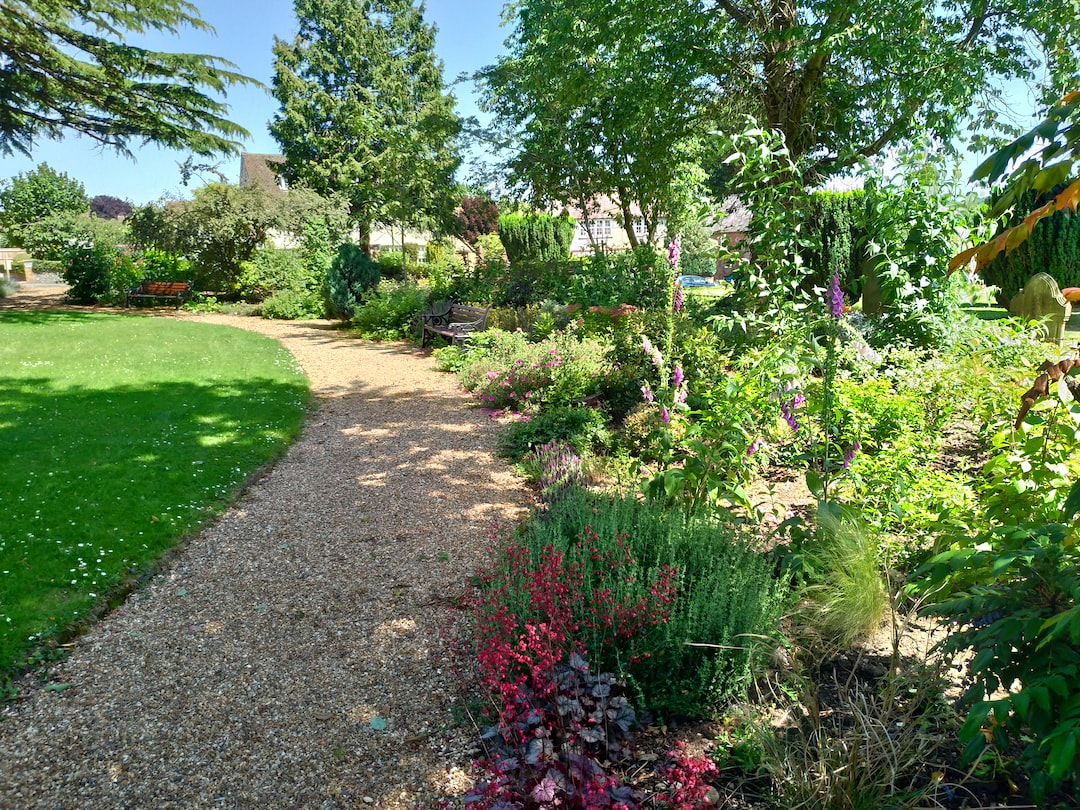The Art of Bonsai: Miniature Gardens for Your Home
Bonsai, the ancient Japanese art of cultivating miniature trees in pots, has long captivated the hearts of nature enthusiasts worldwide. With its delicate beauty and intricate designs, these miniature gardens bring a touch of tranquility and natural elegance into our homes. In this blog post, we will explore the art of bonsai and how you can introduce these living works of art into your home.
Originating in China over a thousand years ago, bonsai was later adopted and refined by Japanese Zen Buddhist monks. The word “bonsai” itself means “tray planting,” indicating the practice of growing trees in shallow containers. These trees are meticulously shaped and pruned to resemble their larger counterparts found in nature.
Bonsai is not merely about creating small plants – it is an art form that allows individuals to express their creativity and connect with nature. It requires patience, dedication, and a deep understanding of horticulture. The bonsai artist carefully shapes the tree using various techniques, such as wiring, pruning, and defoliation. Each branch, each leaf, and every detail are meticulously designed to achieve a harmonious and balanced composition. Through bonsai, one can appreciate the beauty of nature in miniature form.
What makes bonsai so unique is its ability to evoke a sense of contemplation and serenity. The art of bonsai teaches us to appreciate the beauty of imperfections, as each tree has its own unique characteristics and quirks. It encourages us to slow down and connect with the natural world around us, reminding us of the intricate cycle of life and the passing of time.
For those interested in starting their own bonsai journey, several factors need to be considered. Firstly, the selection of a suitable tree species is crucial. Some popular choices include pine, maple, juniper, and fig. Each species has its own specific requirements in terms of sunlight, temperature, and care, so it is essential to research and understand the needs of your chosen tree.
Next, you will need to select a bonsai pot that complements the tree’s style and proportions. Bonsai pots come in various shapes, sizes, and colors, ranging from traditional glazed clay pots to more contemporary designs made of ceramic or even stone. The pot should enhance the natural beauty of the tree and provide a harmonious balance between the tree and its container.
Once you have chosen your tree and pot, the next step is to consider the styling and shaping techniques. Bonsai trees can be classified into several styles, such as formal upright, informal upright, slanting, cascading, and windswept, among others. Each style represents a different expression of nature and requires specific pruning and wiring techniques to achieve the desired aesthetic.
Maintaining a bonsai tree requires regular care and attention. Proper watering, fertilization, and pruning are essential to ensure the tree’s health and longevity. Bonsai trees are delicate and should be protected from extreme temperatures, strong winds, and pests. It is also necessary to repot the tree periodically to refresh the soil and promote root growth.
In addition to its aesthetic appeal, bonsai also has several therapeutic benefits. The practice of caring for bonsai can help reduce stress, improve concentration, and foster a sense of mindfulness. The repetitive tasks involved in bonsai cultivation, such as pruning and watering, can be meditative and soothing, providing a moment of respite from the busy modern world.
Bonsai is not limited to outdoor gardens; it can also be enjoyed indoors. There are many tree species that are well-suited for indoor cultivation, such as ficus, jade, and Chinese elm. These indoor bonsai trees make beautiful additions to any living space, bringing a touch of nature and tranquility into your home.
In conclusion, bonsai is a captivating art form that allows us to bring the beauty of nature into our homes in miniature form. It requires dedication, patience, and a deep appreciation for the natural world. By practicing the art of bonsai, we can cultivate not only beautiful living art but also a sense of tranquility and connection to the natural world. So why not embark on your own bonsai journey and create your miniature garden of serenity at home?

